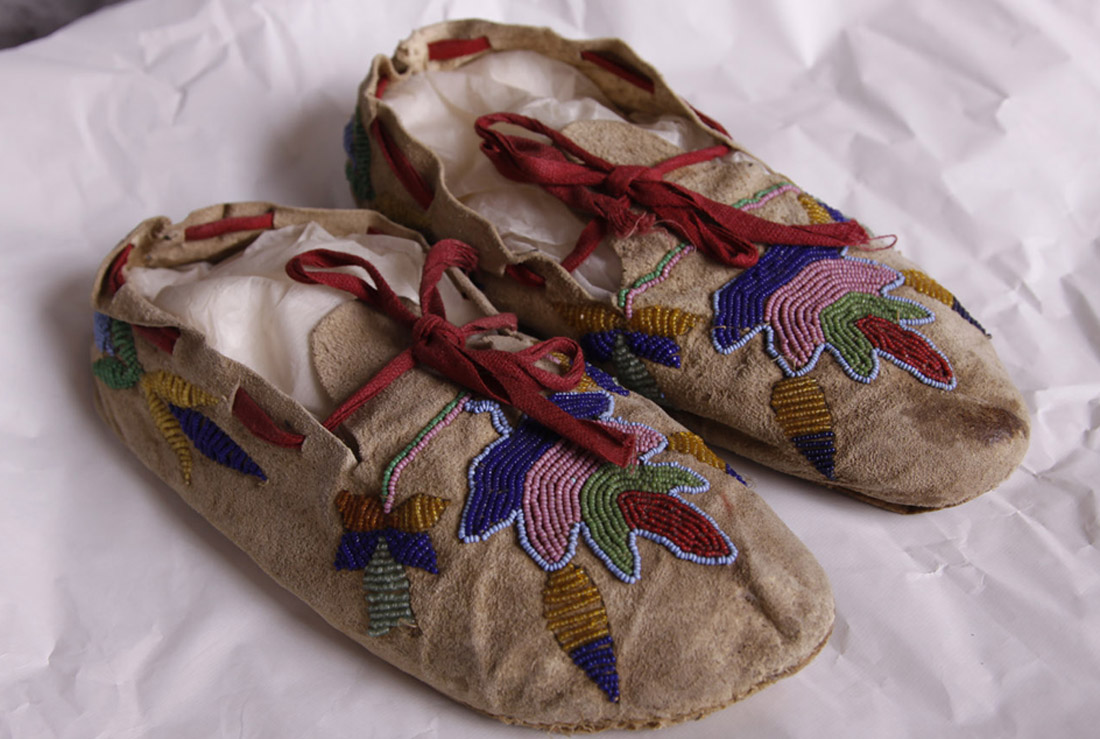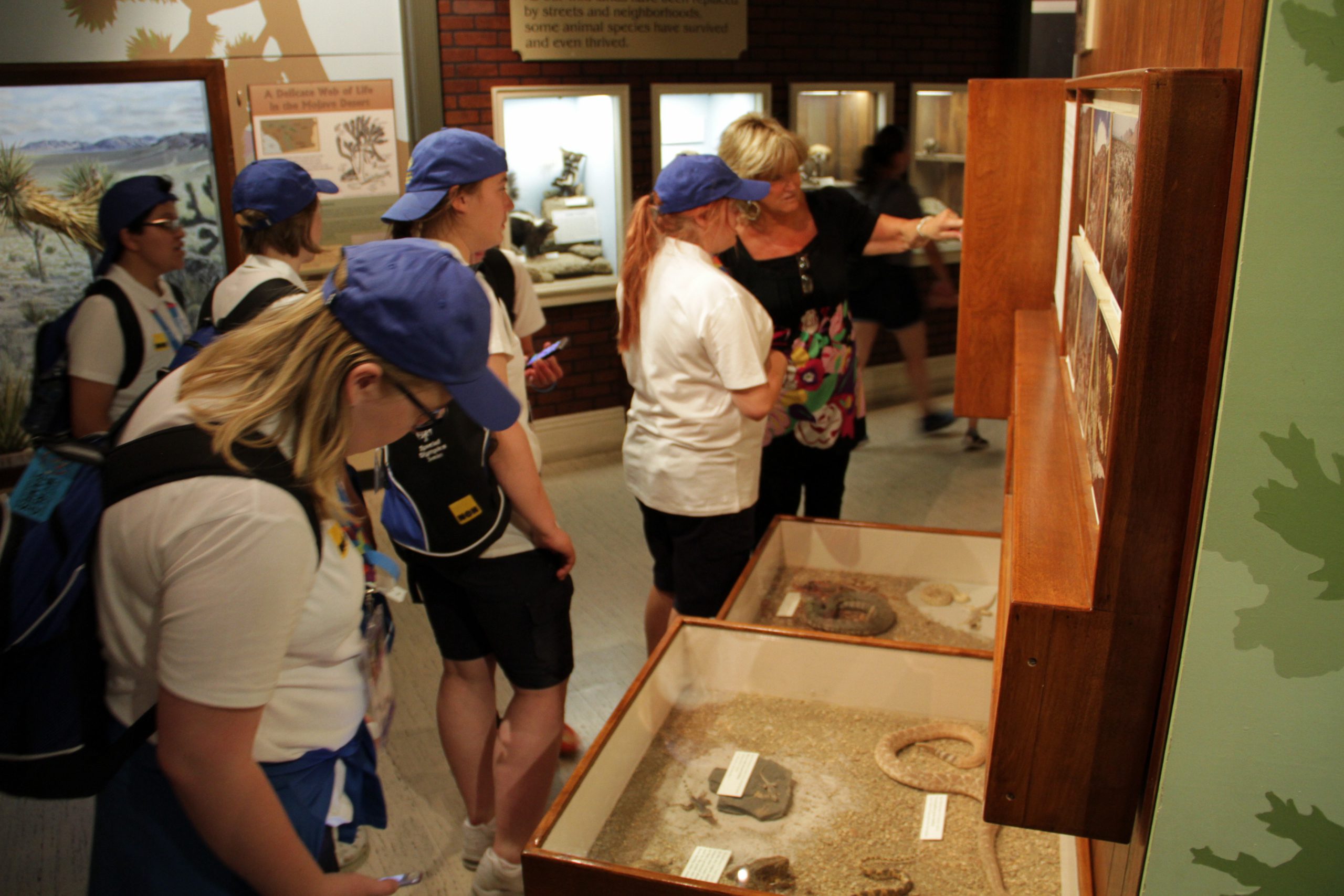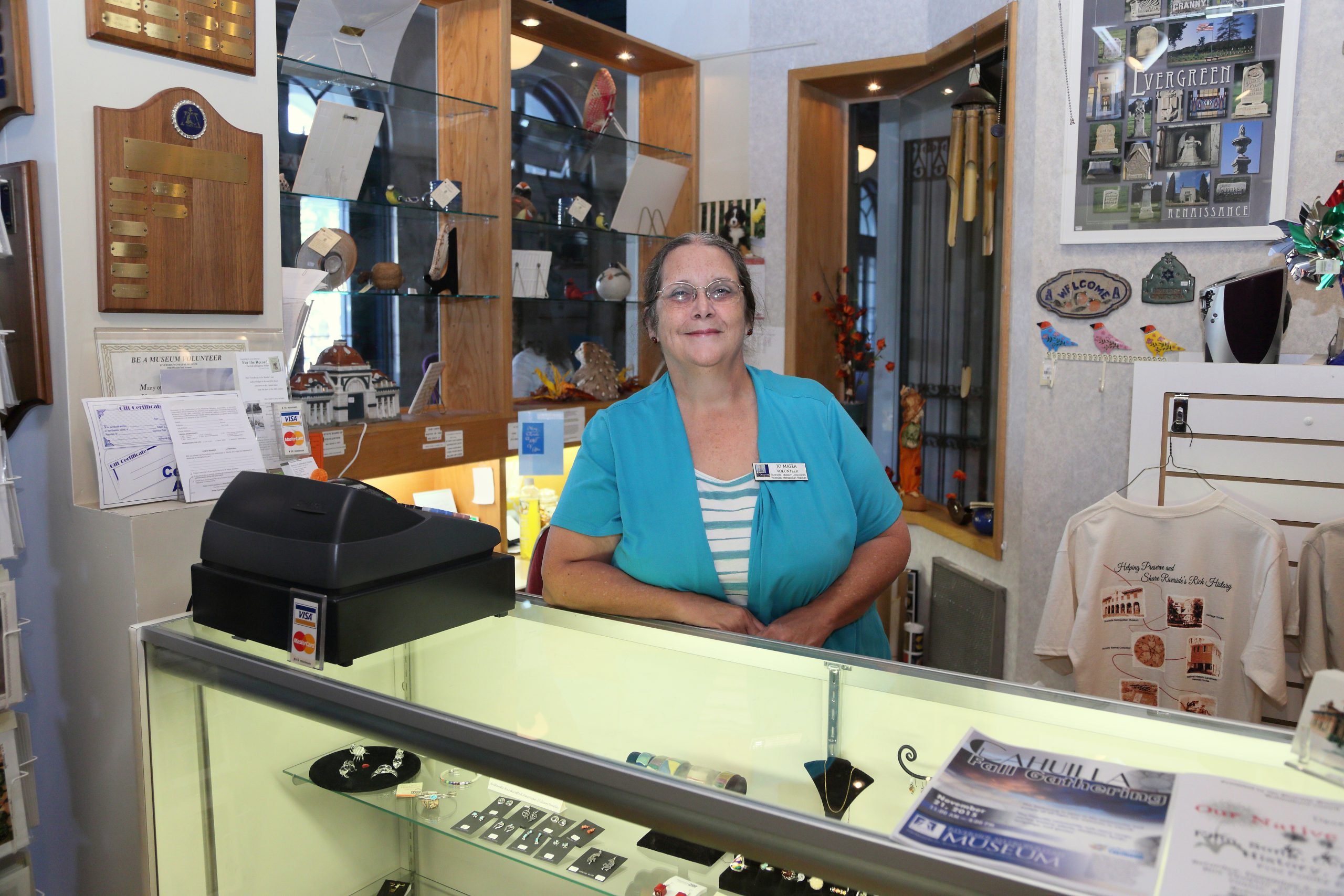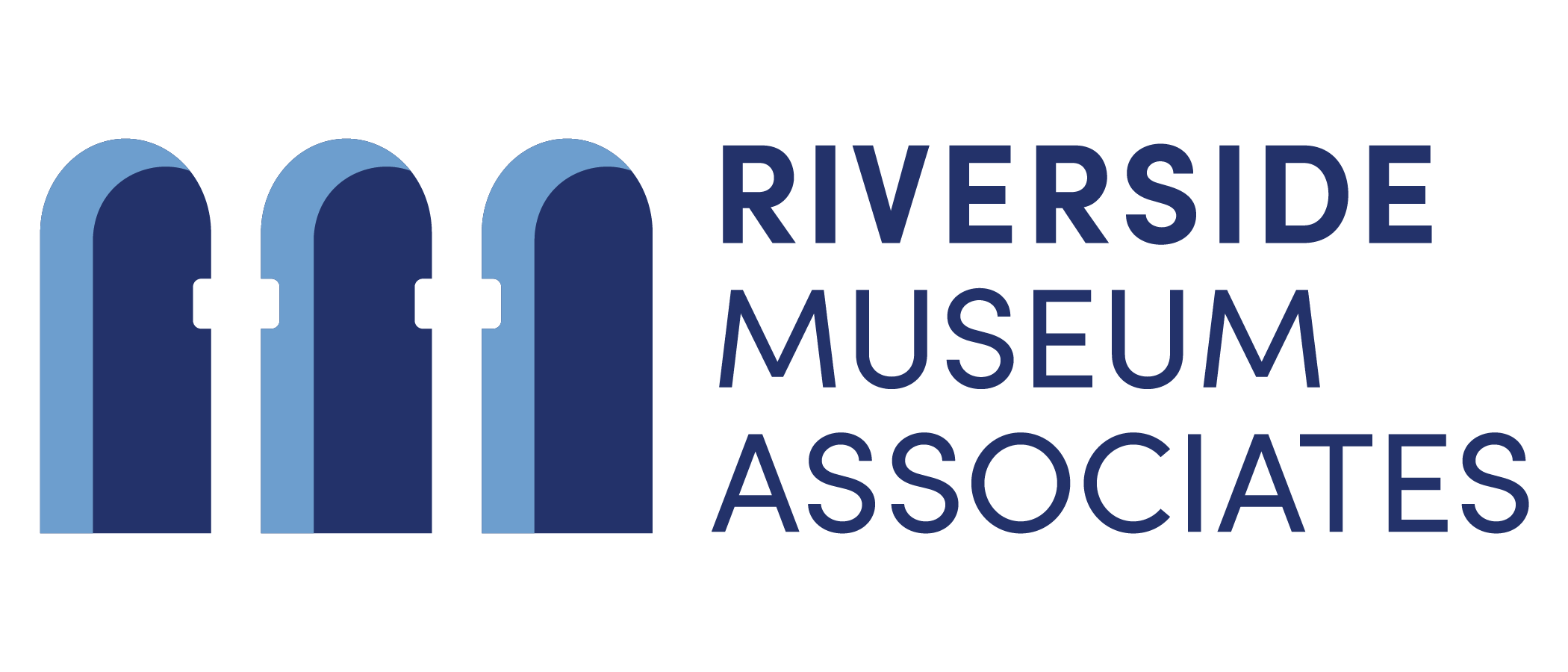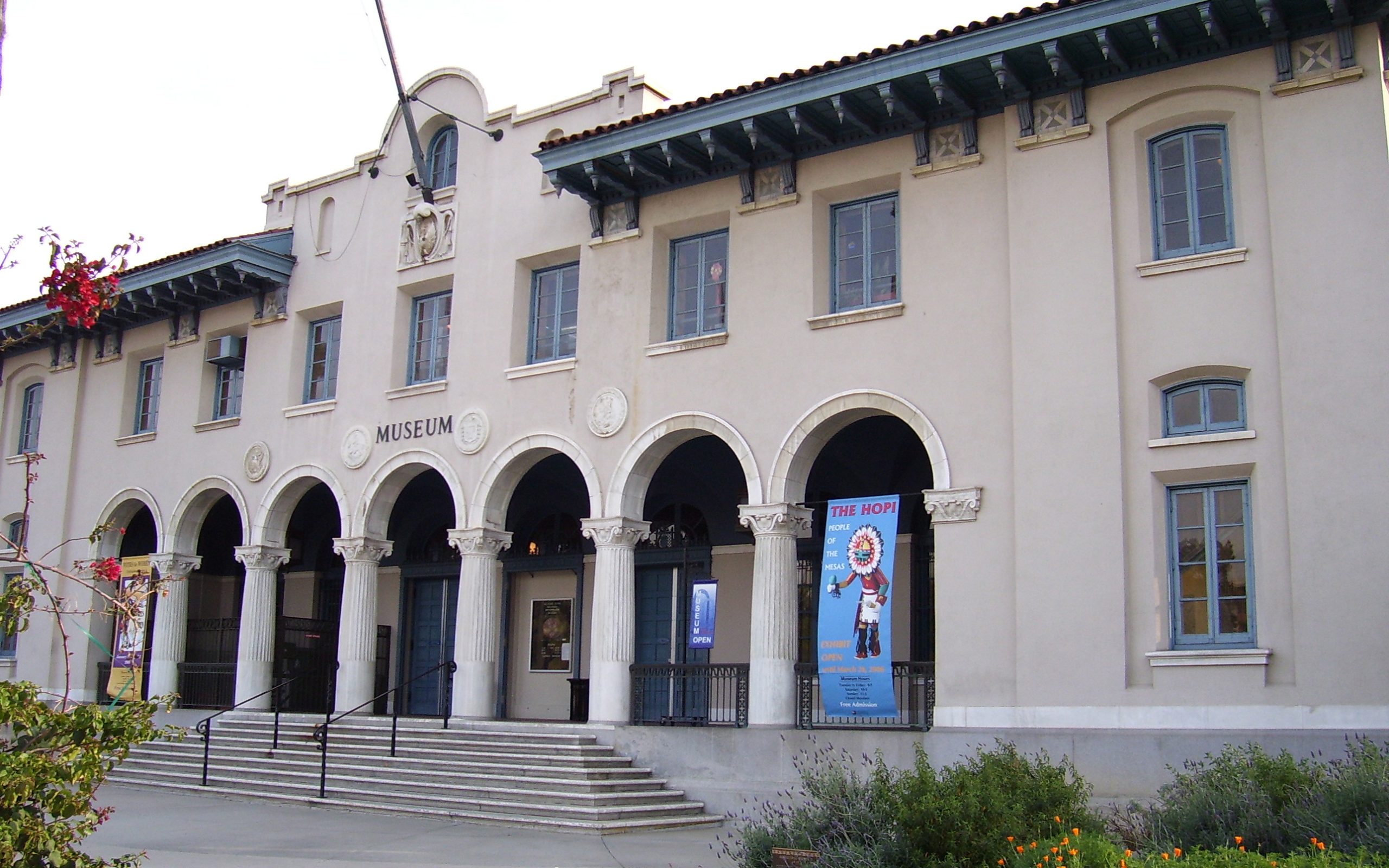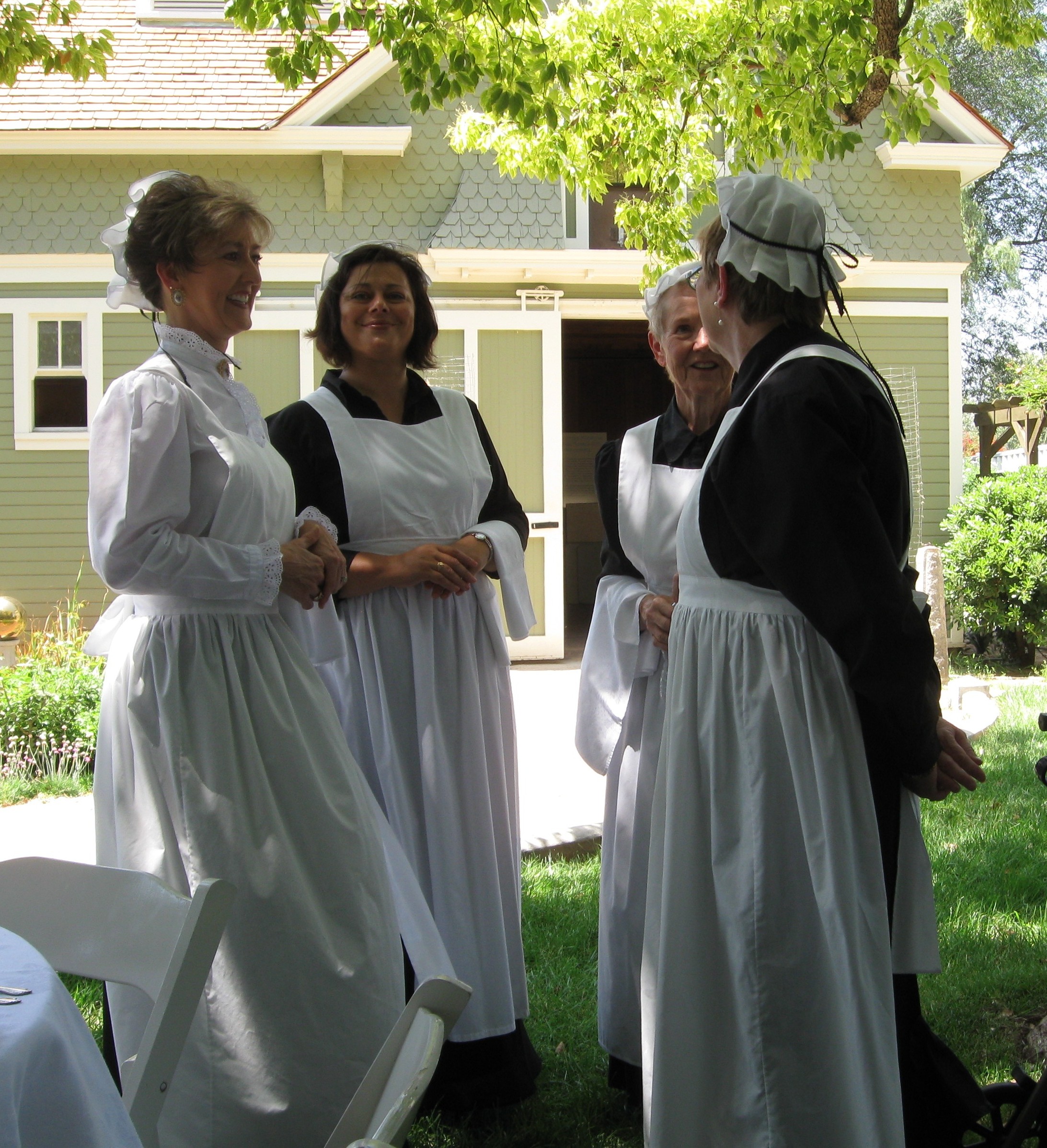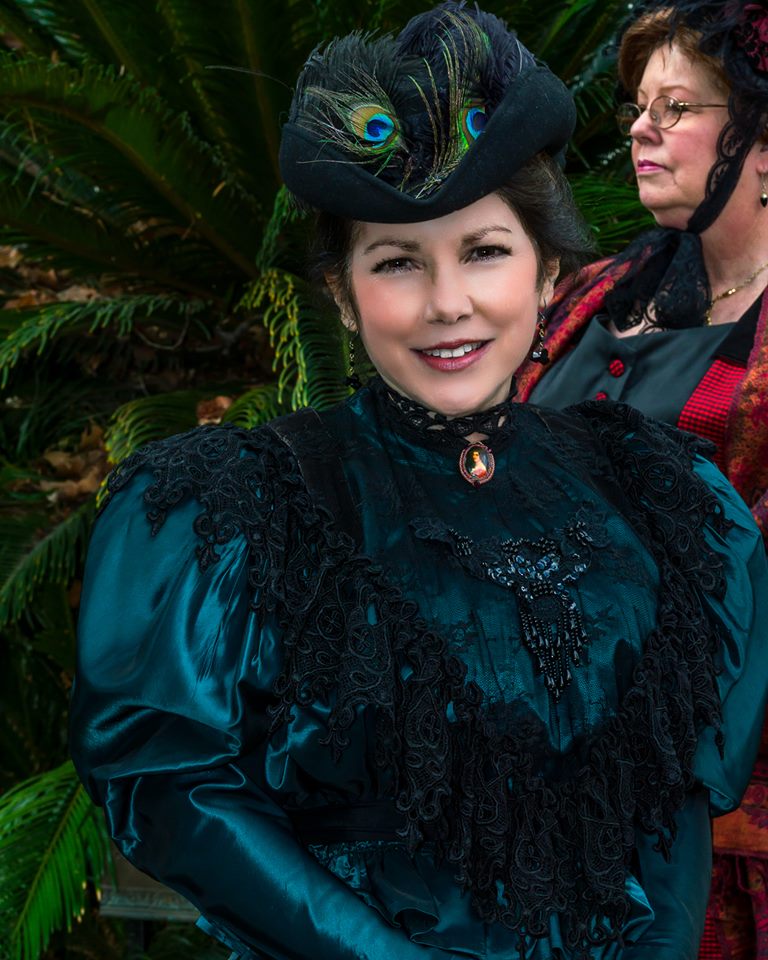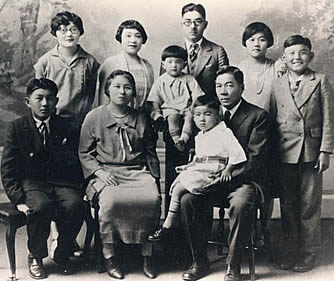Museum of Riverside
Museum of Riverside
How a California basket collection became a modern museum
How a California basket collection became a modern museum
The Museum of Riverside is currently closed for long overdue renovation and expansion.
The Museum of Riverside is the steward of the public trust of artifacts, archives, and historic sites owned by the City of Riverside. The MoR is responsible for three historic sites: Harada House, the Museum and Heritage House.
Originally named the Cornelius Earle Rumsey Indian Collection, the Museum opened in the basement of old City Hall in 1924, when the widow of NABISCO magnate Cornelius Earle Rumsey donated her late husband’s collection of Native American artifacts to the City of Riverside. The MoR now holds one of the largest collections of Native American basketry in California. Other collections were also donated to the young Museum including the Harwood Hall Collection and the Charles F. Clark donation of his entire estate for the establishment of a botanical section.
In 1948, the Museum was relocated to its current location, a former U.S. Post Office built in 1912. And in 1954, the Museum officially established a Botanical Section. During the early years, renowned naturalist Edmund C. Jaeger became the museum’s Curator of Plants.
The Collections
Located in one of the fastest-growing and most environmentally threatened areas in the U.S., the MoR Natural History collection is an important resource for research and interpretation of local environmental history, natural hazards, and conservation issues facing the area’s populace, ranging from the effect of air quality on plant communities to the plight of endangered species.
The cultural collections at the Museum of Riverside provide a look into the diversity of our community and the cultural history of the region.
The anthropology, archival, history, and natural history collections are preserved for future generations through proper storage, collections information management policies, and procedures. The holdings are diverse and vast, spanning many periods of time and types of collections. Collection management software provides a comprehensive database utilized for all collections related information and activities.
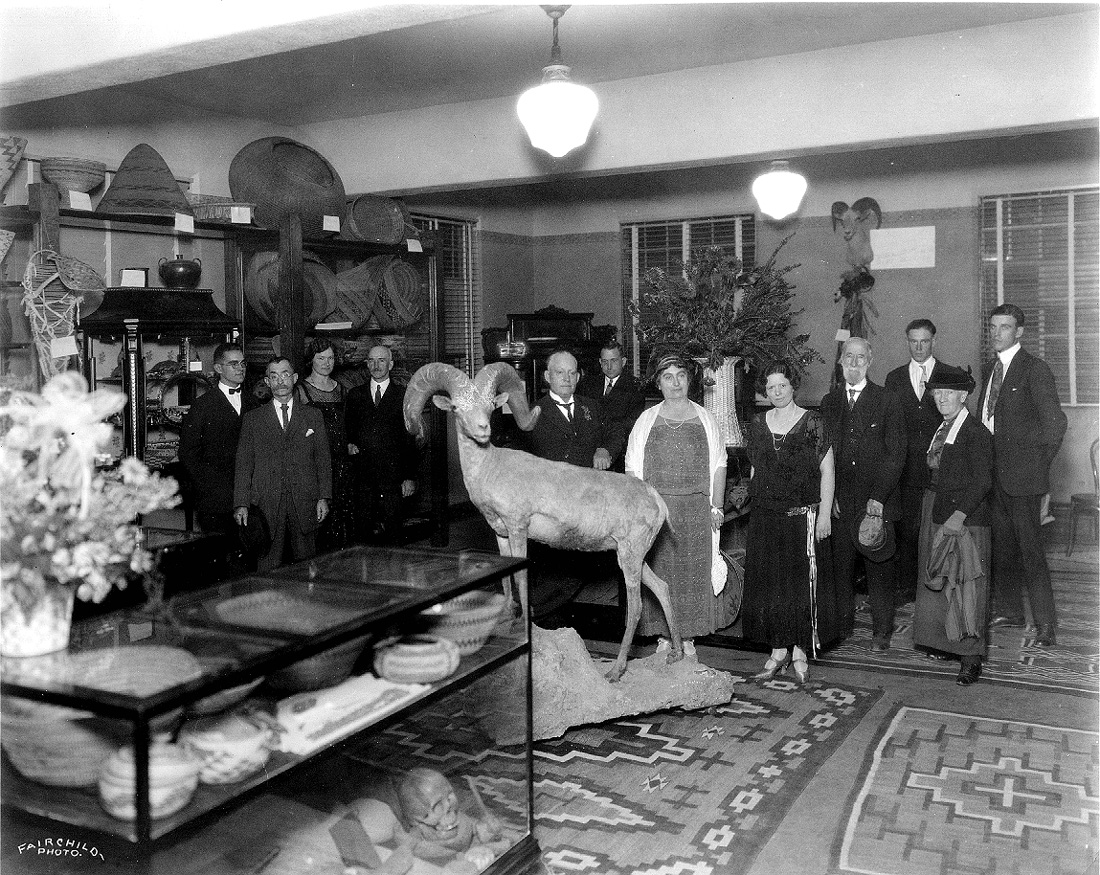

The natural history of the region is an important feature of the Museum. Valuable collection of artifacts, a Nature Laboratory, and the Edmund C. Jaeger exhibit are shown here.
